Chile’s crown jewel park sees hundreds of thousands of visitors a year—and all the environmental damage that comes with them. But if being one of the crowd isn’t how you like your wilderness, there’s a lot more of the region to explore.
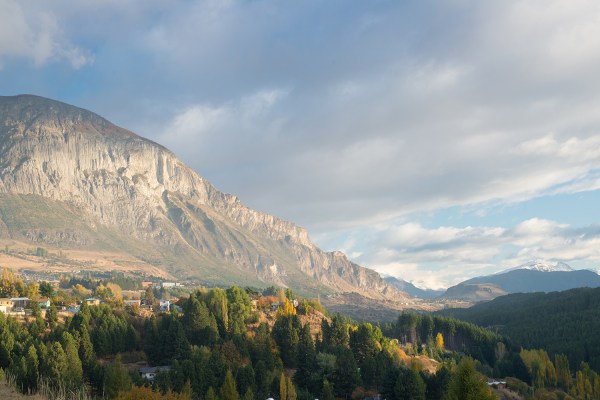
Coyhaique
Once your adventure kicks off, the reality sinks in that Patagonia is huge. Unless you have a large budget for gas and ample time to spare, an awesome way to get straight to the good stuff is a very reasonably priced flight to Coyhaique. If you’re racing the seasons, this is a sure way to beat the crowds. Just a hop, skip and a jump from Santiago by plane, Coyhaique is a great starting point for any outdoor tour.
The town itself has a hospitable plaza and shop-lined streets, with an architectural style akin to an under-populated Aspen. In the shoulder seasons, you’ll have your choice of tasty restaurants to yourself, and there’s even a local brewery with a specialty stout. As for catching a ride, the Carretera Austral is the only road north and south, so if you’re patient you’ll have no trouble catching a ride. For those not inclined to hitchhike, there are also daily buses.
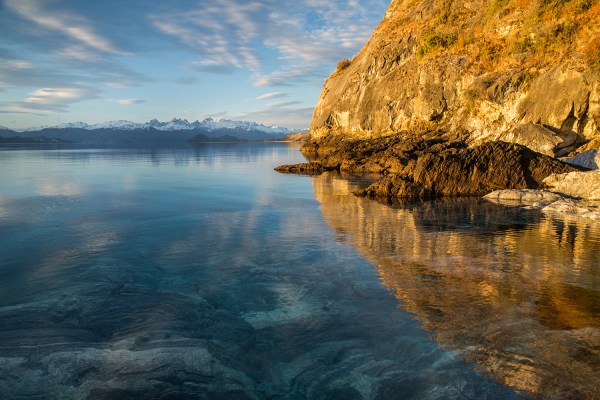
Puerto Tranquilo
Gorgeous and sparsely populated, Puerto Tranquilo is where most people stop in order to see Lago General Carrera and its famed marble caves. While the lake’s caves make a splendid photography subject if you can get the light exactly right, they aren’t worth the price and motorboat fumes. More splendid is exploring the lake—one of the largest and deepest in South America—alone.
A few miles off the main highway, you can stay in an eco-hostel right before the turn-off to the border crossing into Argentina. Solar showers and fresh grown food make it a great place to rest your weary feet. And when you do hike down to the shore, you can find hidden gems—including your own marble swimming pools.
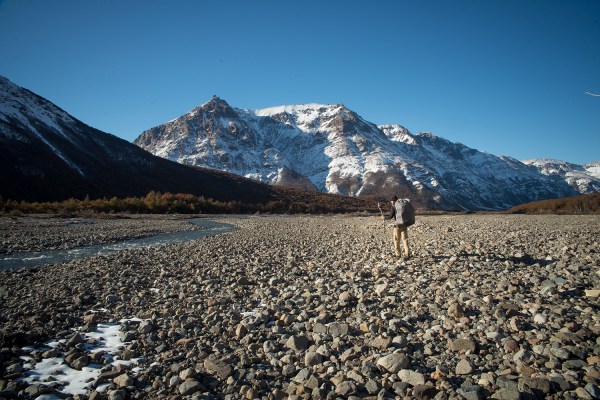
Estancia Valle Chacabuco
Back on the Carretera Austral heading south, you can hop off at an overlook near the confluence of the Baker and Chacabuco rivers, which provides breathtaking views of the glacial waters. Nearby lies the huge Estancia Valle Chacabuco, purchased by American conservationists and soon to be Chile’s newest national park. Located in a biologically critical region, the park connects two other existing reserves and its extensive once-rich grasslands are undergoing restoration.
If you don’t know what guanacos are, you’ll soon learn—these cousins of the llama run free all over the park. Though you may not see the guanaco’s natural predator, the puma, they’re abundant as well in the park. You’re at least guaranteed to spot a few condors.
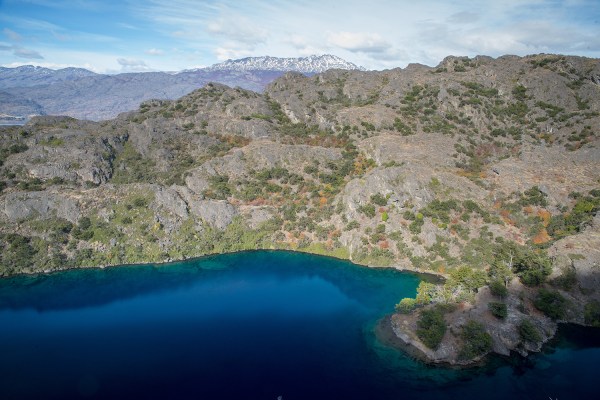
Cochrane
Just a few miles south of Parque Chacabuco, Cochrane is filled with small cabins stocked with woodstoves, and in the off-season, there are few tourists who come through town. Small enough to circumnavigate in an hour, it nevertheless has a grocery store large enough to get you restocked for your next off-road adventure. And access to the spectacular Lago Cochrane, a crystal clear lake with miles of hiking trails, is just a couple dusty miles outside of town. Also nearby, the hilly Reserva Tamango is good for a tranquil dayhike—or as a place to lose yourself for a week.
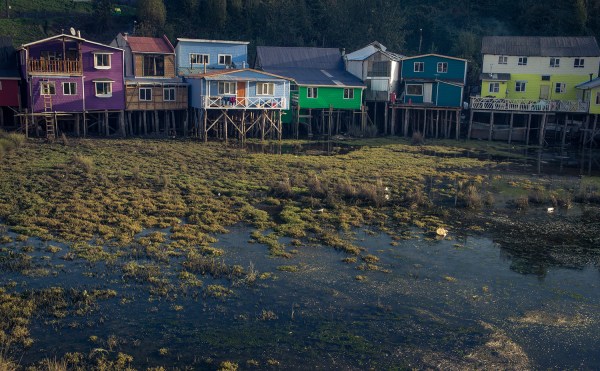
Chiloé
On your way north again, Chiloé is a must-see. An island of mysticism and mystery, Chiloé is accessible by bridge from the north, but for the more adventurous, a ferry crosses open ocean from the south. Take heed: the ferry ride can take several days if you run into bad weather. Castro is a working port town with a thriving graffiti art scene, historic churches, and palafitos, houses on stilts, lining the waterfront.
For the active adventurer there are bikes and kayaks for rent, and easy access to Parque Nacional de Chiloé, still known as a place where witches live. Once you’ve worn yourself out enjoying outdoor sports, Chiloé is also a great place to take a break.
From there, it’s an easy flight or bus back to Santiago—but you might find yourself not wanting to ever leave.
